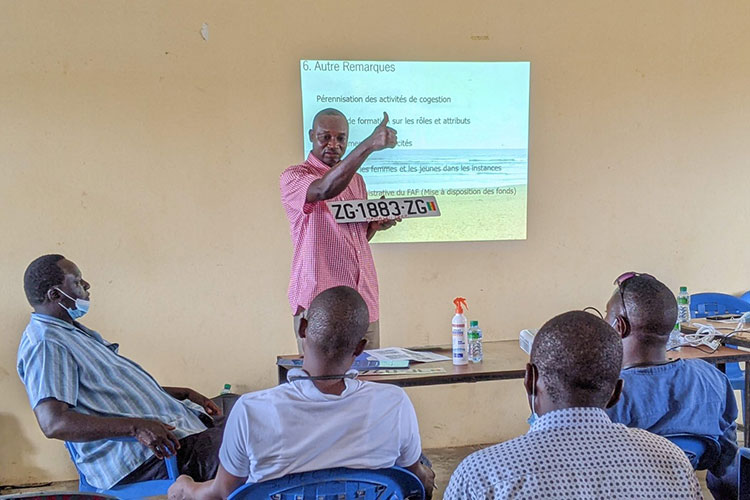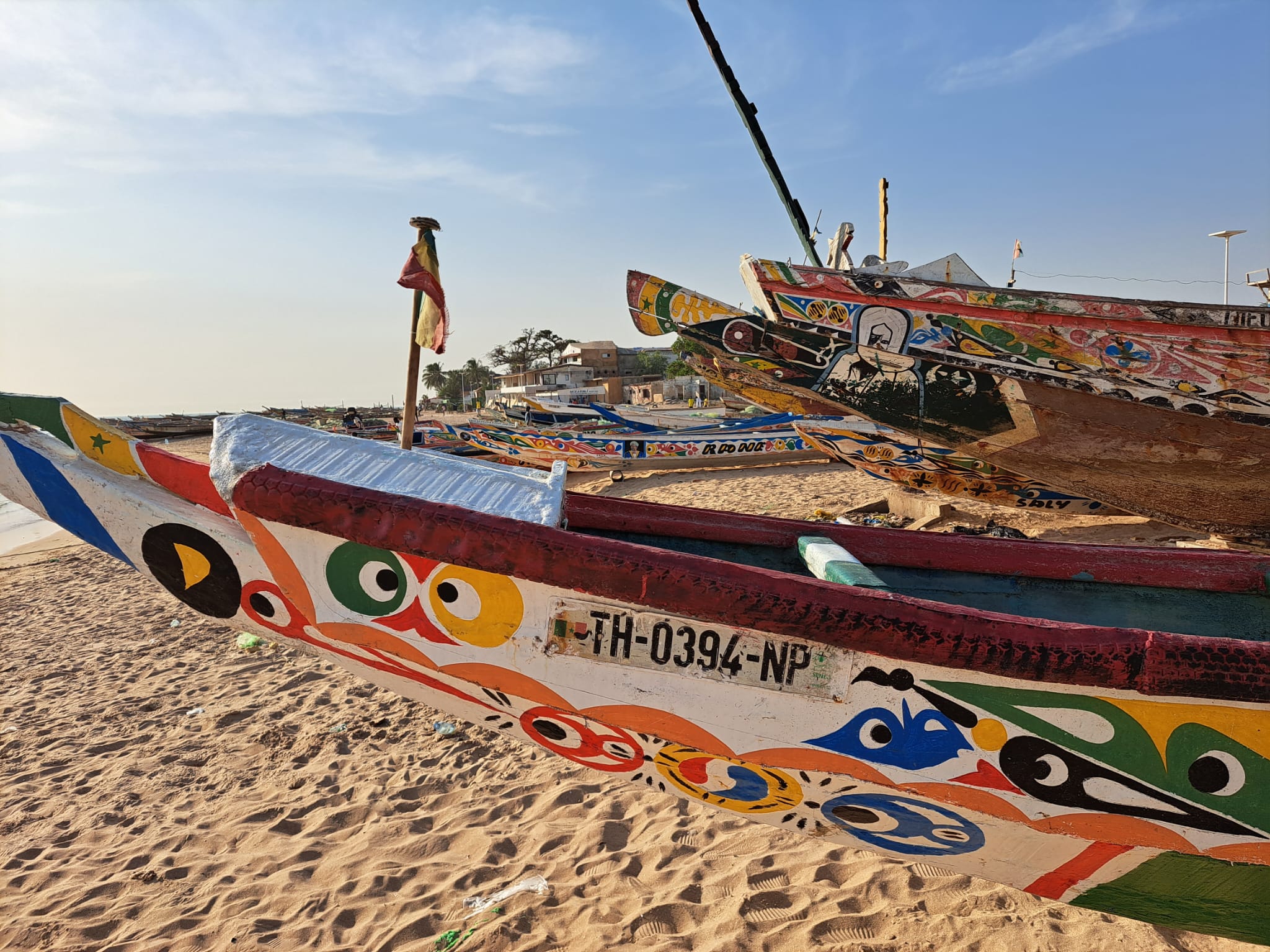3.1.1 Adjustment of fishing effort
There are a number of ways to adjust fishing effort, such as limiting the number of fishing nets and longline hooks, reducing operating hours, and introducing new technologies to diversify the target resources. The following are the procedures for implementing these methods and adjusting the fishing effort.
- Develop an activity plan for fishing effort adjustment with relevant organisations
- Develop fishing effort adjustment rules
Develop an activity plan for fishing effort adjustment with relevant organisations.
Resource management organisations collect information on fishing effort adjustment in the surrounding areas and in the country and discuss the key points of the effort adjustment project with the Directorate of Fisheries and local authorities. The key points of the project should be presented to inshore fishermen to obtain their opinions and consider the proposed modifications accordingly. Concrete advice should also be sought on how to deal with and sanction any violations of these rules. Sanctions should be discussed with central and local government officials and approved as departmental by-law regulations or local rules, so that the monitoring and control activities of resource management organisations are in accordance with the law.
Develop fishing effort adjustment rules.
Resource management organisations develop rules for adjusting fishing efforts based on the above consultation. The main methods for adjusting fishing effort are as follows:
⚫︎ Limiting the number of fishing nets:
8. Fishing reduction efforts by limiting the length of bottom-set gillnets
During JICA's COGEPAS project activities in Lompoul, which ran from 2009 to 2013, it was decided that the length of gillnet was to be reduced by 10% and a bottom gillnet fishery management plan was developed in December 2010. The Bottom Gillnet Resource Management Committee was established to ensure that the reduced gear is returned to the Fishing Centre.
⚫︎ Limiting the number of hooks for longlines:
9. Consensus on limiting the number of hooks for longline fishing through participatory research
Most of the groupers caught at Joal on Petite Côte are fished by longlines. The JICA COGEPAS project organised participatory research with ‘Centre de Recherches Océanographiques de Dakar-Thiaroye (Oceanographic Research Center of Dakar – Thiaroye)’ (CRODT) and fishermen to provide a common platform for fishermen, CRODT researchers, and administrators from the Fisheries Directorate to discuss how to manage the grouper resource.
Thus, it was agreed that (1) the number of hooks would be reduced and (2) the proportion of small fish caught would be reduced by mixing hooks of different sizes. This fisheries resource management plan was signed by the parties involved and came into force in May 2012. This was the first fisheries resource management activity targeting Senegal's national fish, the grouper.
⚫︎ Shorter operating hours, organic rest days, rotation:
10. Voluntary restrictions on small pelagic
Since 2012, the department of Mbour in the Petite-Côte region has imposed restrictions on night fishing by boats targeting small pelagic resources, using such tools as purse seine, drift net, and enclosed gillnet. The original measure was not to conserve resources but to regulate production so that fishers would be kept from being forced to discard their catches when fish prices dropped during periods of high sardine catch. It was initiated by a local initiative, supported by COMFISH, and came into force as a departmental decree. Later, the restriction of night fishing ban was extended to the water of central-south part of Senegal, and The Gambia.
⚫︎ Diversification of fishing techniques to diversify catches:
11. Diversification of fishing techniques to diversify fishing targets by introducing a small pelagic fishery
Catches in Lompoul on the Grande-Côte tend to be concentrated on demersal fish during the limited fishing season and there was concern about the decline of demersal fish stocks. JICA’s COGEPAS project therefore examined measures to diversify fishing techniques with the aim of maintaining and increasing fishers' income while reducing fishing pressure on demersal fish stocks. Encircling gillnet fishing is an intermediate method between purse seine and gillnet fishing. It is conducted by a single boat, which makes it less expensive to operate. There was no concern regarding the distribution and sale of pelagic fish after they are caught as Lompoul has a well-developed fish processing facility. Ten fishers from Lompoul were sent to Joal, where encircling gillnet fishing is practiced, for technical training. The trainer was the owner and captain of an encircling gillnet boat and the ten trainees, together with the experienced crew, went on board to experience encircling gillnet fishing. Following the training in Joal, a trial of encircling gillnet fishing was implemented in Lompoul, where eight trips were made in 2011, catching around 300 kg of sardines and sardinella per day.

